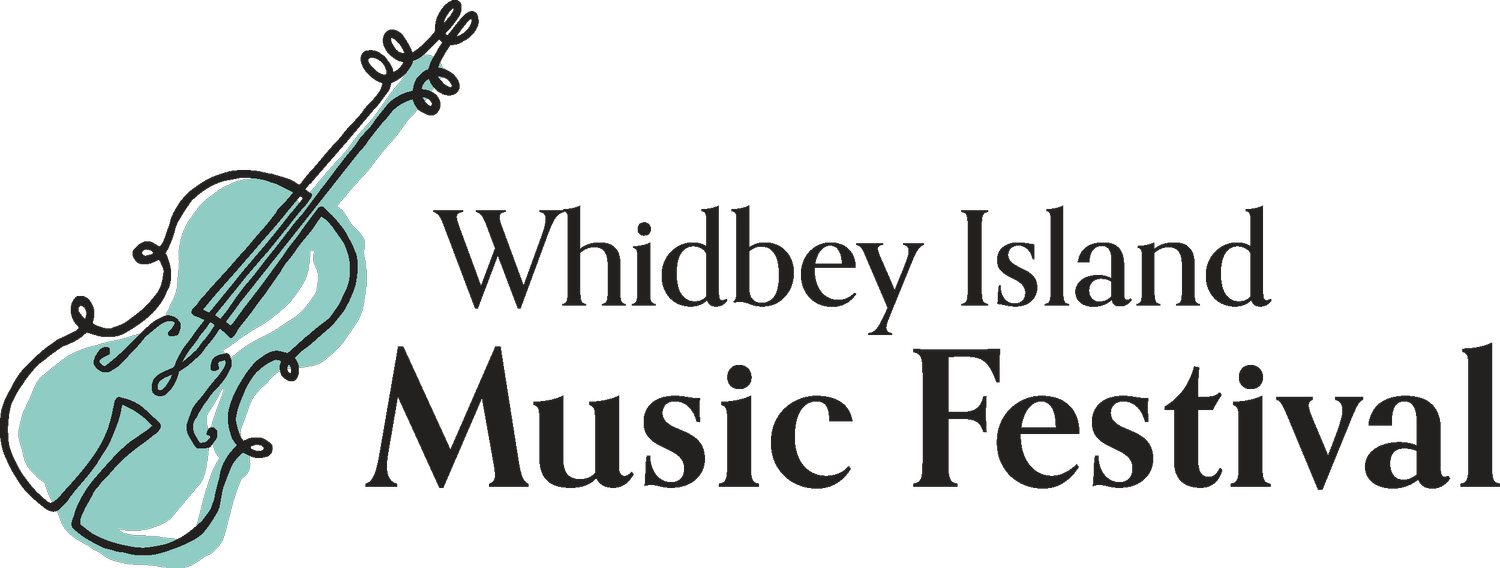Bach’s Six Suites for Violoncello Solo - A Tour de Force
Though an exact date of composition is unknown, we do know that the Suites for Violoncello Solo were compiled in Cöthen, Germany in the 1720s. Perhaps a companion to the generally more complex Sonatas and Partitas for Violino Solo, the Cello Suites are written in the most efficient, yet contrapuntal manner. While the violin works wear their virtuosity their sleeve, the suites for cello have been finely honed, repleat of excess.
I first met Sebastian Bach when I was a ten-year-old boy, studying with my first cello teacher, Eugene Eicher. Mr. Eicher, though never a practitioner of the Baroque cello, had a sincere and deep knowledge of the Cello Suites. He’d even published his own edition in the 1970s which I'd learned from. As I leaf through the old book, I’m astounded by his understanding of historical bowing and phrasing, even if it came to him by chance rather than through the study of Early Music. Mr. Eicher taught me how to make music, how to interpret what’s on the page, and clearly set me on a path to appreciate Bach’s Suites and Baroque music in general.
In college, I had the honor of working with Alan Harris at the Cleveland Institute of Music. Mr. Harris’ open-minded approach to interpretation gave me free rein to continue making music as I wished. He had a whole-body approach to his teaching method, dealing with the physical aspects of position and musculature, as well as mental aspects such as coping with stage fright and performance attitude. I would not be able to make it through today’s concert without this training! It was at CIM that I had my first interactions with historical instruments, i.e. the Baroque cello and the viola da gamba. Mr. Harris kept these instruments in his studio, though he did not play them himself.
For this week’s concerts I’ve decided to play all of the suites in order, in one sitting. This is quite a challenge for me, as it will be for you, the listeners. The Cello Suites were never meant to be played together. They are physically and mentally demanding for the performer. For the audience, getting to hear them in order is a fantastic journey. Whether by design or not, the six pieces as they are ordered in the collection are perfectly presented. Suite 1 is the simplest, and Suite 6, the most intricate and challenging. The Suites toggle between the major and minor mode. They explore the rich range of tone colors possible in the cello. The first four suites call for a normal tuning (a-d-G-C), after which there is time to change the tuning (scordatura) to g-d-G-C for the Fifth Suite; this unusual tuning was common in the 17th century. In context, the cello will sound much ‘darker’ relative to the normal 18th century (normal) tuning. For the Sixth Suite, I will lay down the four-string cello, and pick up the five-string cello (tuned e’-a-d-G-C), a very brilliant sounding instrument. This is the perfect choice for the gleaming D major key.
My instruments and bow are historically appropriate to the standards of the early 18th century. For Suites 1 through 5, I am playing a cello labeled Giovanni Grancino, Milan. 1725. This instrument has a warm, rich bass end, and bright, clear high end. The cello has lived in the San Francisco Bay Area for nearly forty years, previously played by my mentor Elisabeth LeGuin, whose mother Ursula bought it for her. For Suite 6, I will play my five-string cello, sometimes referred to as a violoncello piccolo. This Anonymous Italian cello from the 1680s has a smaller body with thinner ribs and the sound is direct and nasal in tone, similar to a viola da gamba.
This particular violoncello piccolo is more powerful and balanced from bottom to top than most five-strings, having the usual brilliant high range, but also a developed low end. Just as important as the pedigree of the instruments is the artistry of the bow. For this concert, I’m using a model of a 1720s bow made in 2010 by Louis Begín of Montreal. The snakewood stick has the right combination of weight and flexibility to both release a good tone from the instrument and produce a messa di voce or shaping of an individual note that is a hallmark of Baroque performance practice.
I hope you will enjoy our voyage today. It’s my pleasure to play the extraordinary suites in the beautiful setting of Whidbey Island.
Notes by William Skeen, 2023
